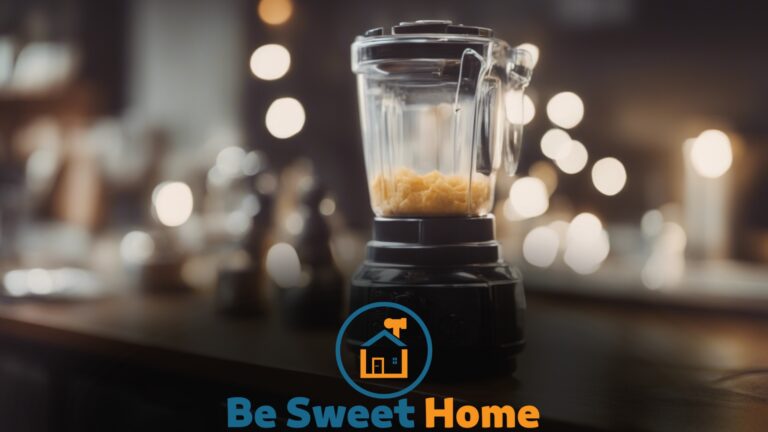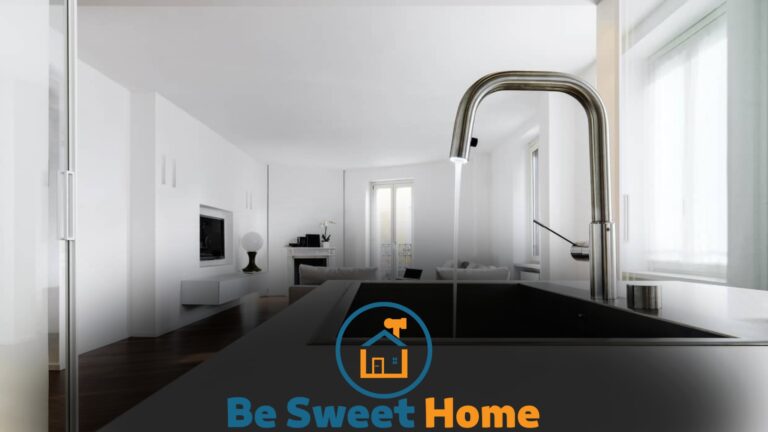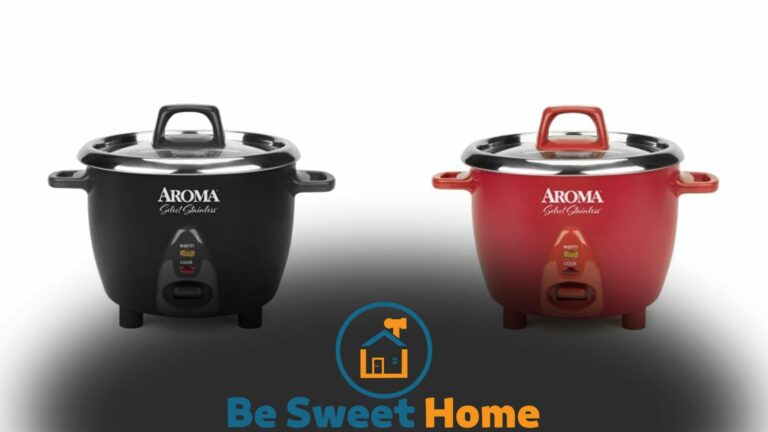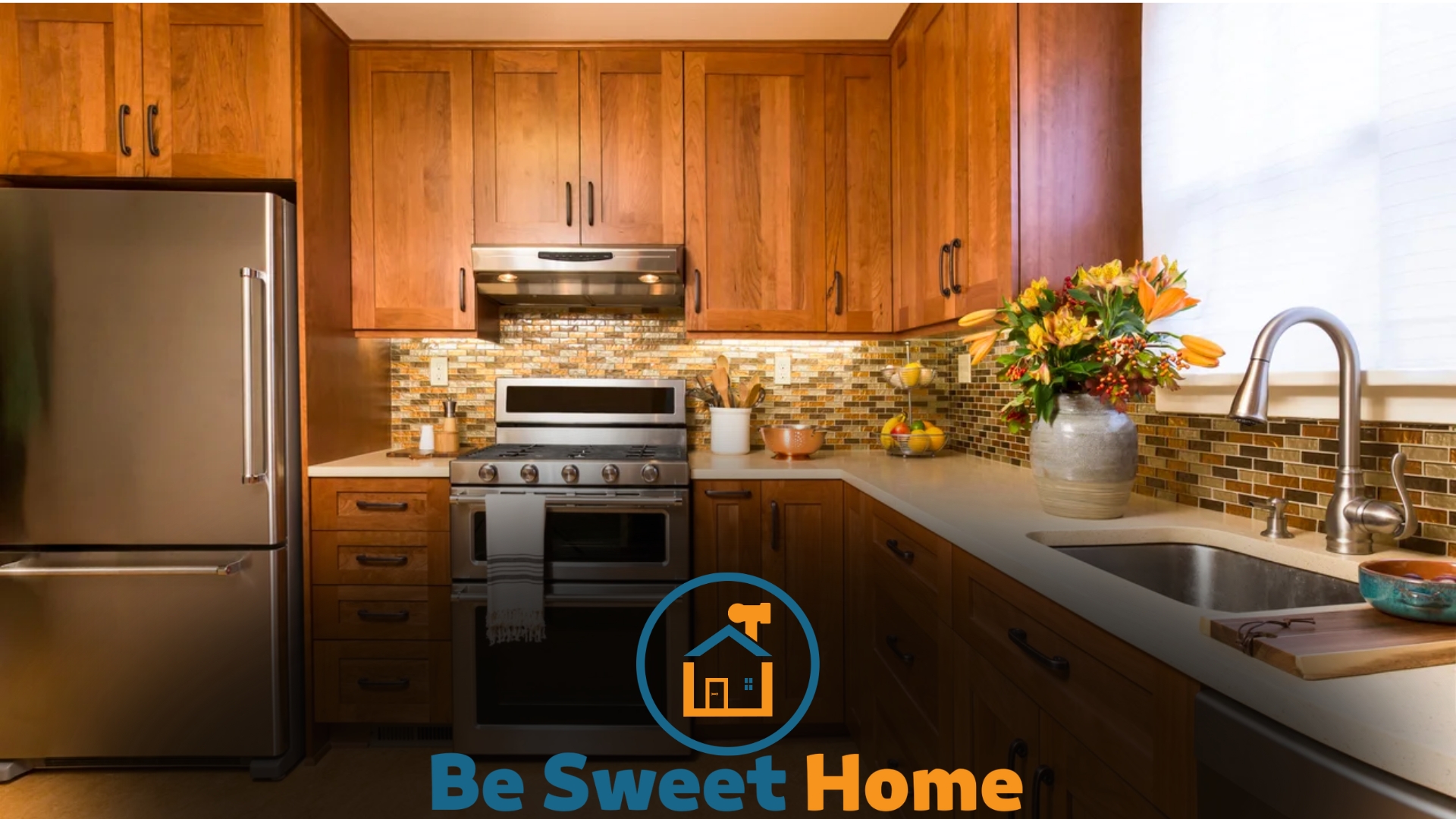

Before purchasing a kitchen, understand your space requirements and budget constraints. Assess the quality of materials and the kitchen’s layout for functionality.
Embarking on a kitchen purchase is a significant decision that requires thoughtful consideration. Your kitchen is the heart of your home, where functionality meets comfort, and style complements practicality.
It’s essential to evaluate factors such as the durability of countertops, storage needs, and the type of appliances that will suit your lifestyle.
Energy efficiency and the latest technological features also play a critical role in modern kitchens. Ensure that your choice aligns with the long-term view of your home’s aesthetic and your own culinary habits.
Keep these considerations in mind, and you will set the stage for a kitchen that is not only visually appealing but also a joy to cook and entertain in.
Essential Factors in Kitchen Design
Designing a kitchen involves more than picking colors and appliances. It requires a deep understanding of your needs, space, and the activities that will take place. Careful planning ensures the kitchen is both beautiful and functional.
The essential factors in kitchen design are not just about aesthetics but also about creating a practical, efficient space. Consider space optimization and workflow efficiency to achieve a kitchen that is a joy to use and be in.
Space Optimization
Every inch matters in a kitchen. Maximizing space allows for movement and utility. Here’s how to make the most of your kitchen area:
- Utilize corners with clever cabinetry solutions.
- Creative storage options make use of vertical space.
- Integrate appliances to free up counter space.
Island positioning should promote a spacious feel without obstructing the flow. A smart layout ties the kitchen together, making it neat and welcoming.
Workflow Efficiency
A thought-out workflow minimizes steps and simplifies tasks. Key elements include:
| Prioritize | Action |
|---|---|
| The Fridge | Accessible for food storage and meal planning. |
| Stove/Oven | Central, with ample prep space on either side. |
| Sink | Near prep areas, facilitates easy cleanup. |
The well-known ‘work triangle’ concept – fridge, stove, sink – boosts efficiency. Work zones tailored to your routines enhance cooking ease. These adjustments make meal prep faster and more enjoyable.
Choosing the Right Appliances
The heart of your kitchen lies in its appliances. Thoughtfully selected, they can streamline cooking and provide convenience. Let’s explore critical factors to match appliances with your lifestyle.
Matching Your Cooking Style
Understanding your cooking habits is essential. Consider the types and frequency of dishes you prepare. A high-performance range suits avid cooks. Casual cooks might prefer simpler, user-friendly options.
- Bakers might opt for ovens with precise temperature control.
- Grill enthusiasts may look for ranges with built-in griddles or indoor grills.
Energy Efficiency and Sustainability
Energy-efficient appliances save money and support the environment. Look for the ENERGY STAR label — a sign of efficiency. Sustainability is not only about energy but also water usage and long-term durability.
| Appliance | Energy Savings | Water Efficiency |
|---|---|---|
| Dishwashers | Uses less energy and hot water | Less water per cycle |
| Refrigerators | Energy-efficient models save on electricity | N/A |
| Washing Machines | Less energy for heating water | Reduced water consumption |
Material Selection for Durability and Aesthetic
Material Selection for Durability and Aesthetics plays a crucial role in kitchen design. The right materials ensure a kitchen that withstands daily use and retains beauty over time.
Homeowners must consider materials’ longevity and visual appeal for various kitchen elements.
Countertops and Cabinetry
Countertops should balance functionality with style. Consider granite, quartz, and marble. These materials are not only durable but also add elegance to the kitchen.
| Material | Durability | Aesthetic |
|---|---|---|
| Granite | Resists scratches | Unique patterns |
| Quartz | Non-porous | Consistent colors |
| Marble | Heat-resistant | Luxurious feel |
For cabinetry, hardwood and plywood offer durability. They withstand wear and tear, supporting heavy cookware with ease.
- Hardwood: Sturdy, timeless appeal.
- Plywood: Reliable, budget-friendly.
Flooring and Backsplash
Kitchen floors require materials that can handle spills and traffic. Tile, hardwood, and vinyl are popular for their resilience and easy maintenance.
- Title: Handles moisture and diverse designs.
- Hardwood: Warm look, long-lasting.
- Vinyl: Water-resistant, versatile styles.
The backsplash protects walls from splatters and adds flair. Stainless steel, glass tiles, and ceramic work beautifully. Each offers a unique texture and color palette for stunning kitchen accents.
- Stainless steel: Sleek, modern.
- Glass tiles: Reflect light and color variety.
- Ceramic: Classic, custom patterns.
The Impact of Lighting and Ventilation
Lighting and ventilation transform a kitchen from a mere cooking area to a vibrant space. Good lighting enhances the ambiance, safety, and functionality. Ventilation keeps the air fresh and moisture at bay.
Both are pivotal for a healthy and enjoyable cooking experience. Understand these elements before buying a kitchen to ensure comfort and style.
Task Lighting Options
Effective task lighting is crucial for kitchen safety and usability. It helps in preparing food without shadows or glares. There are several options to consider:
- Under-cabinet lights illuminate the counter space without shadows.
- Pendant lighting works well over islands and dining areas.
- Recessed downlights offer focused illumination on work surfaces.
Task lighting should be bright, non-glaring, and positioned to optimize work areas.
Proper Ventilation Systems
Proper ventilation protects against odors, grease, and pollutants. It’s essential for maintaining air quality. Here’s what to consider:
- Range hoods capture and exhaust unpleasant fumes and smoke…
- Exhaust fans installed in walls or ceilings remove humidity and heat…
- Air purifiers, although secondary, can filter out smaller particles for cleaner air…
Choose a system that suits the kitchen’s size and cooking habits. It should be powerful, quiet, and easy to clean.
Depending on specific content requirements, it might include additional information such as examples of lighting fixtures, benefits of LED lighting options, the importance of CFM (cubic feet per minute) ratings in ventilation, and best practices for maintaining these systems.
However, adhering to the request, the above is a focused segment on the specified topics without additional fluff or linking phrases.
Budgeting for Your Kitchen Project
Kicking off a kitchen renovation brings with it a host of exciting design possibilities. Yet, laying the groundwork for budgeting right from the start is crucial.
Smart budgeting ensures your project aligns with your financial comfort zone while still achieving your dream kitchen.
Let’s demystify the costs and pinpoint where to allocate your funds for the best return.
Calculating Total Costs
Understanding the full financial scope of a kitchen renovation is essential. Begin with a detailed breakdown of all potential expenses:
- Labor costs
- Materials
- Appliances
- Cabinetry
- Countertops
- Lighting
- Plumbing fixtures
- Flooring
- Permits
Include a buffer of 10-20% for unexpected costs.
Splurge vs. Save Decision Points
Identify where to invest and where to economize:
| Splurge | Save |
|---|---|
| High-quality appliances | Decorative hardware |
| Durable countertops | Stock cabinetry |
| Professional labor | Backsplash materials |
Balance high-impact areas with more cost-effective yet high-quality alternatives.
Navigating Kitchen Trends and Personal Style
Embarking on a kitchen renovation adventure brims with excitement and choices. A kitchen must blend functionality with aesthetics.
Keep in mind that personal taste and popular styles both shape kitchen ambiance. Balancing these will create a timeless space that feels uniquely yours.
Classic vs. Contemporary Designs
Finding the right style for your kitchen is key. Consider what vibes resonate with you.
| Classic Kitchens | Contemporary Kitchens |
|---|---|
| Feature timeless elements. | Offer sleek, modern lines. |
| Use natural materials like wood. | Boast glossy finishes and technology. |
| Include intricate details. | Showcase minimalistic designs. |
| Emanate warmth and comfort. | Reflect cutting-edge styles. |
Think about your home’s overall feel. Do you want a cozy retreat or a modern hub?
Incorporating Personal Touches
Your kitchen should mirror your lifestyle. Add elements that shout “you”.
- Select colors that speak to you—whether vibrant or subdued.
- Choose hardware that complements your style—knobs, and pulls are like jewelry for your kitchen.
- Display collections or art that make you smile.
- Opt for appliances that match how you cook and entertain.
Mix trends and personal favorites for a kitchen that stands the test of time. It’s not just a room, it’s a part of your life’s story.
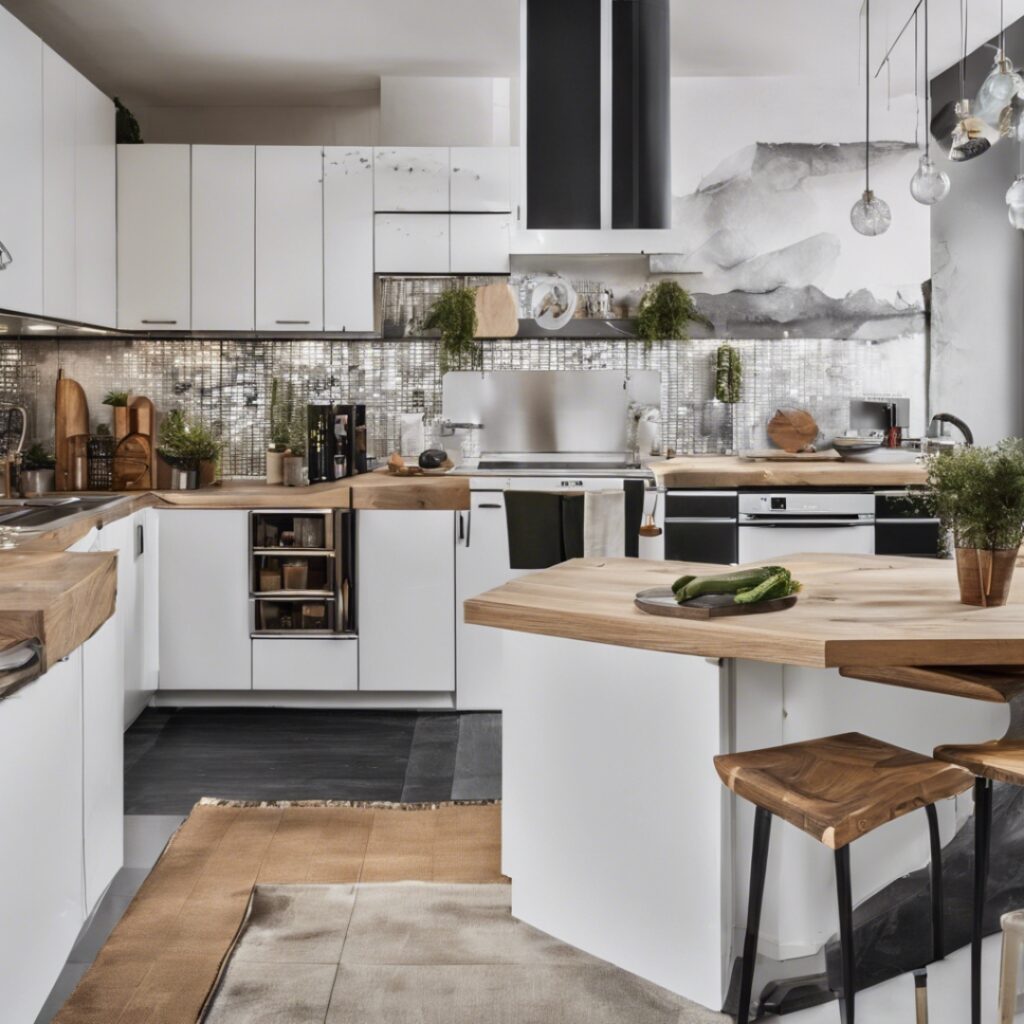
Frequently Asked Questions
What Materials Best Suit Kitchen Countertops?
Various materials, including granite, quartz, laminate, and marble, can fit different kitchen styles and budgets. Durability and maintenance needs vary by type.
How Much Does a Kitchen Remodel Typically Cost?
The cost largely depends on size, materials, and labor, but on average, a kitchen remodel can range from $12,000 to $35,000.
What Kitchen Layout Maximizes Space?
The U-shaped and galley layouts are highly efficient for small spaces, while L-shaped and open-plan designs suit larger areas.
How Essential Are Energy-efficient Appliances?
Energy-efficient appliances can reduce utility bills and are better for the environment, making them a valuable investment for any kitchen.
What’s the Average Timeline for Installing a Kitchen?
Kitchen installation typically takes 3-5 weeks, including demolition, plumbing, electrical work, and cabinets and appliances.
Conclusion
Embarking on a kitchen purchase journey requires informed decisions. Remember to blend functionality with aesthetic appeal and prioritize quality over price.
Finalize your checklist with essentials and consult experts when needed. With these insights, your kitchen will serve culinary interests and provide enduring satisfaction.
Make the heart of your home a place where memories are savored.

